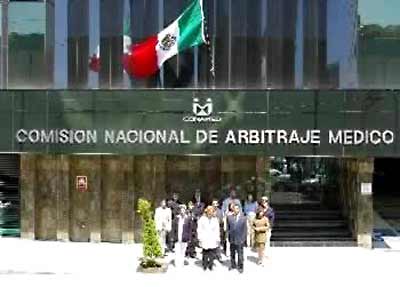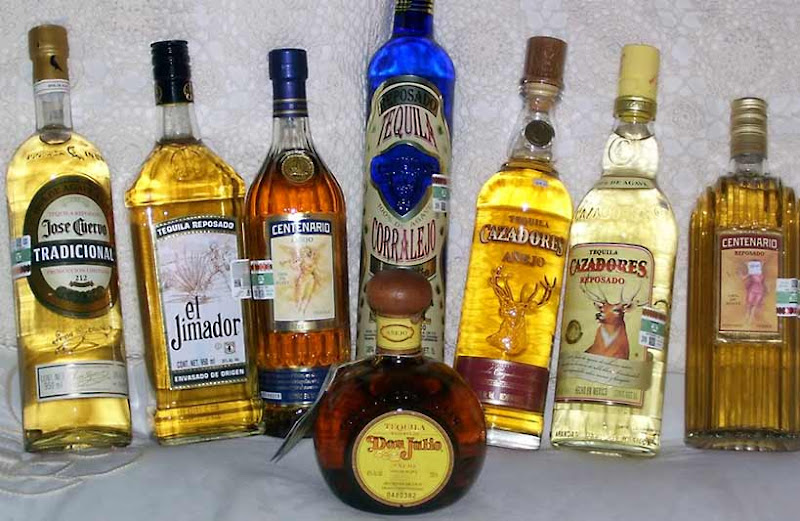
Every culture has its own expectations concerning their medical profession. The ancient Chinese paid their physician every day they were healthy in order to be treated for free whenever they were ill. In Mexico, doctors tend to be extremely Hippocratic in their approach – the idea here is that people whose social position has allowed them to learn a great deal now want to help you feel better. But what happens when a patient doesn’t see the improvement he expected?
In the United States, an unhappy patient pays a lot of money to a malpractice attorney and hopes for the best. In Mexico, that sort of patient has more options: he or she can go to the Ministerio Público (the district attorney) to file a criminal complaint for malpractice, go to PROFECO (the federal attorney for the protection of consumers) to file a civil complaint, or ask a medical commission to resolve the problem with expert arbitration. There is no cost involved in any of these options. Additionally, one can hire a private attorney to file the case in civil court, similar to what is done in the U.S. More and more, the medical commissions are becoming the preferred route.
CAME-BC, the Comisión de Arbitraje Médico del Estado de Baja California, is part of the state government and has been around in one form or another for about a decade. Originally it maintained a single office in Mexicali, the state capital. “To do our job, we have to be where the patients are,” says Dr Agustín Escobar, the head of the commission, “so we came to Tijuana in 2008. That’s where most of the medicine is being practiced in this state. Very soon we will be opening offices in Rosarito, Ensenada, and Tecate. We’re also working on a web presence like the one our big brother in Mexico City has.”



